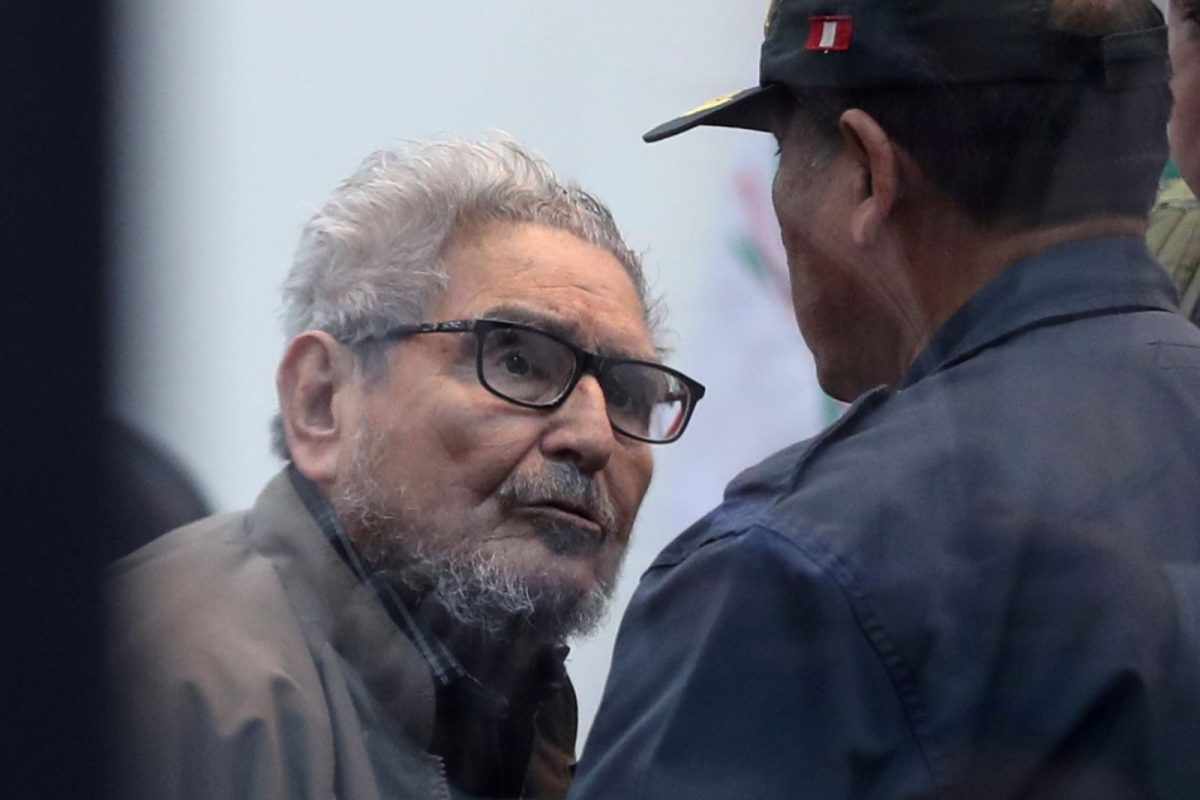S.Korea President Yoon set to leave for Peru to attend APEC summit
Yoon will travel to Peru from Thursday to Friday for the APEC summit and head to Brazil on Sunday for the G20 summit slated for the next two days, Yonhap news agency reported.
Guzmán launched an insurgency against the state in 1980 and presided over numerous car bombings and assassinations in the years that followed. Guzmán was captured in 1992 and sentenced to life in prison for terrorism and other crimes.

Photo: Twitter
Abimael Guzmán, the leader of the brutal Shining Path insurgency in Peru who was captured in 1992, died on Saturday in a military hospital after an illness. He was 86. Guzmán died at 6:40 a.m. after suffering from an infection, Justice Minister Aníbal Torres said.
Guzmán, a former philosophy professor, launched an insurgency against the state in 1980 and presided over numerous car bombings and assassinations in the years that followed. Guzmán was captured in 1992 and sentenced to life in prison for terrorism and other crimes.
President Pedro Castillo tweeted that Guzmán was responsible for taking ’’countless″ lives. “Our position condemning terrorism is firm and unwavering. Only in democracy will we build a Peru of justice and development for our people,” Castillo said.
Advertisement
Even so, Castillo has faced criticism over alleged links of some of his Cabinet ministers to the Shining Path. Primer Minister Guido Bellido has been investigated by authorities over his alleged sympathy for the group. Last week, a media outlet made public police records from the 1980s that describe Labor Minister Iber Maraví as a Shining Path member and a fugitive.
“We do not forget the horror of that time, and his death will not erase his crimes,” Economy Minister Pedro Francke said.
Guzmán preached a messianic vision of a classless Maoist utopia based on pure communism, considering himself the “Fourth Sword of Marxism” after Karl Marx, Vladimir Ilyich Lenin and Mao Zedong. He advocated a peasant revolution in which rebels would first gain control of the countryside and then advance to the cities.
Guzmán’s movement declared armed struggle on the eve of Peru’s presidential elections in May 1980, the first democratic vote after 12 years of military rule.
Throughout the 1980s, the man known to his followers as Presidente Gonzalo built up an organization that grew to 10,000 armed fighters before his capture inside a Lima safehouse in September 1992 by a special intelligence group of the Peruvian police backed by the United States. Since then, he was housed in a military prison on the shores of the Pacific that were built to hold him.
A truth commission in 2003 blamed the Shining Path for more than half of nearly 70,000 estimated deaths and disappearances caused by various rebel groups and brutal government counterinsurgency efforts between 1980 and 2000.
Advertisement